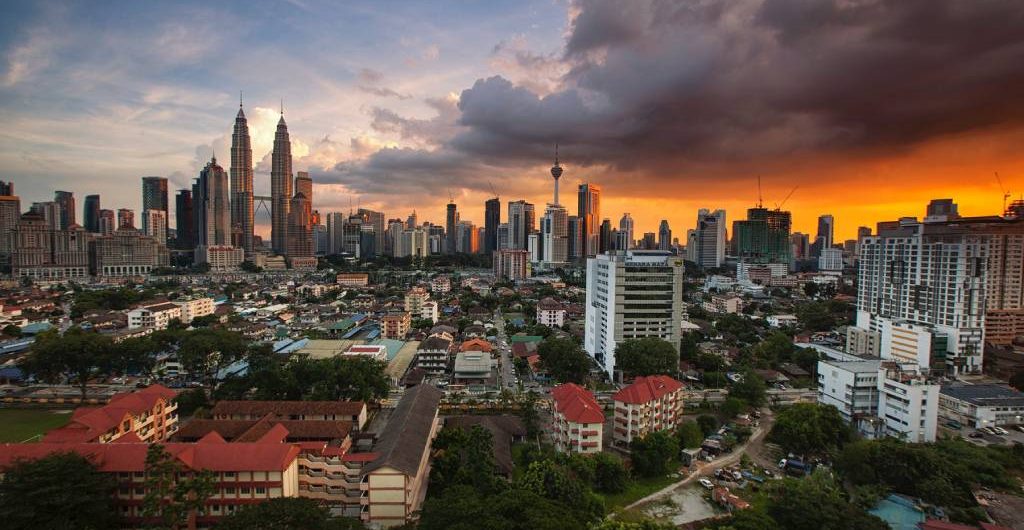
Kuala Lumpur, often abbreviated as KL, is the vibrant and bustling capital city of Malaysia. Nestled in the heart of the Malay Peninsula, Kuala Lumpur is a city of immense significance, not just for Malaysia but also for Southeast Asia. In this overview, we will delve into the rich tapestry of this metropolis, exploring its history, geographical features, urban development, cultural diversity, points of interest, economy, cuisine, entertainment, education, social issues, and its exciting future.
Historical Background
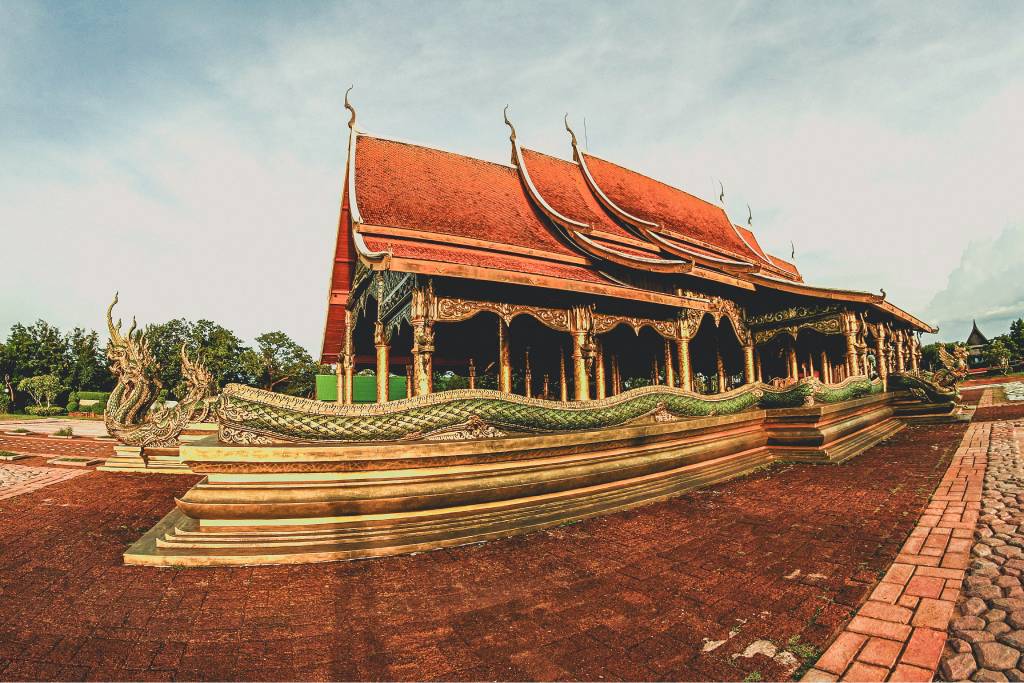
Early History and Origins
Kuala Lumpur’s history dates back to the 19th century when it was a small village at the confluence of the Klang and Gombak rivers. The name “Kuala Lumpur” itself means “muddy confluence” in Malay. The city’s strategic location made it a vital trading post during the tin mining boom.
Colonial Period and British Influence
Under British colonial rule, Kuala Lumpur saw significant development, with the construction of iconic colonial-era buildings such as the Sultan Abdul Samad Building and the Kuala Lumpur Railway Station. These landmarks still stand as a testament to the city’s colonial past.
Post-Independence Development
Kuala Lumpur’s growth accelerated after Malaysia gained independence in 1957. The city transformed into a modern metropolis, and in 1998, it gained global recognition with the completion of the Petronas Twin Towers, which, at the time, were the tallest twin towers in the world.
Geographical Features
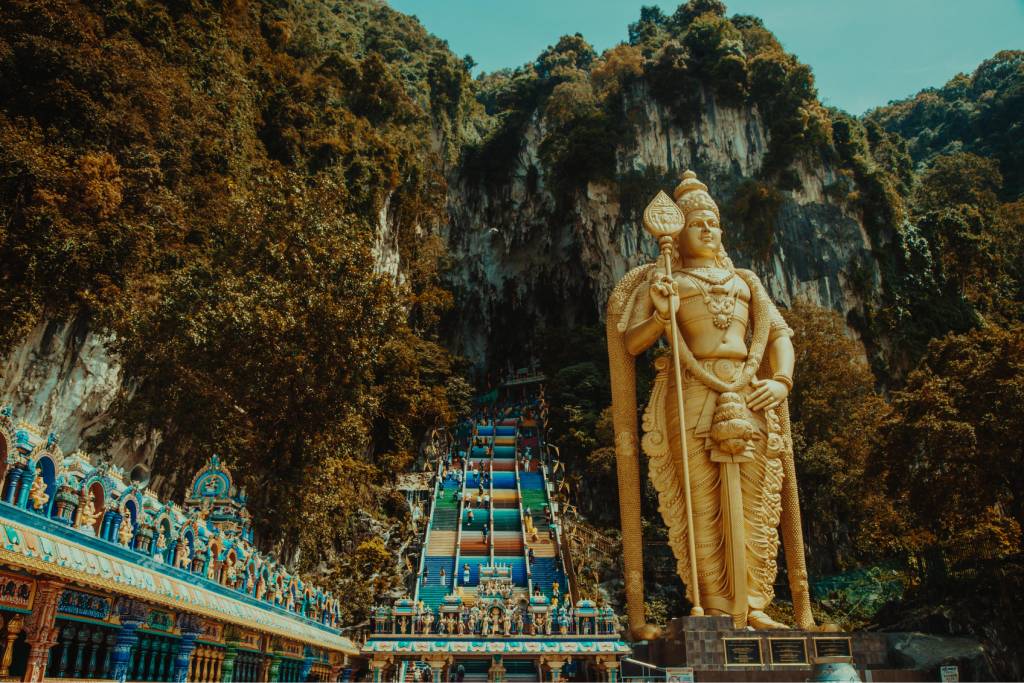
Location and Surroundings
Situated on the western side of Peninsular Malaysia, Kuala Lumpur is centrally located within the country, making it a key transportation hub. Its proximity to the equator results in a tropical rainforest climate.
Climate and Weather
Kuala Lumpur experiences warm and humid weather year-round, with temperatures ranging from 25°C to 35°C. Rainfall is relatively evenly distributed throughout the year, contributing to its lush greenery.
Notable Natural Landmarks
While Kuala Lumpur is a bustling urban center, it still boasts several natural attractions. The Batu Caves, a complex of limestone caves and cave temples, is one of the most famous natural landmarks in the city.
Urban Development
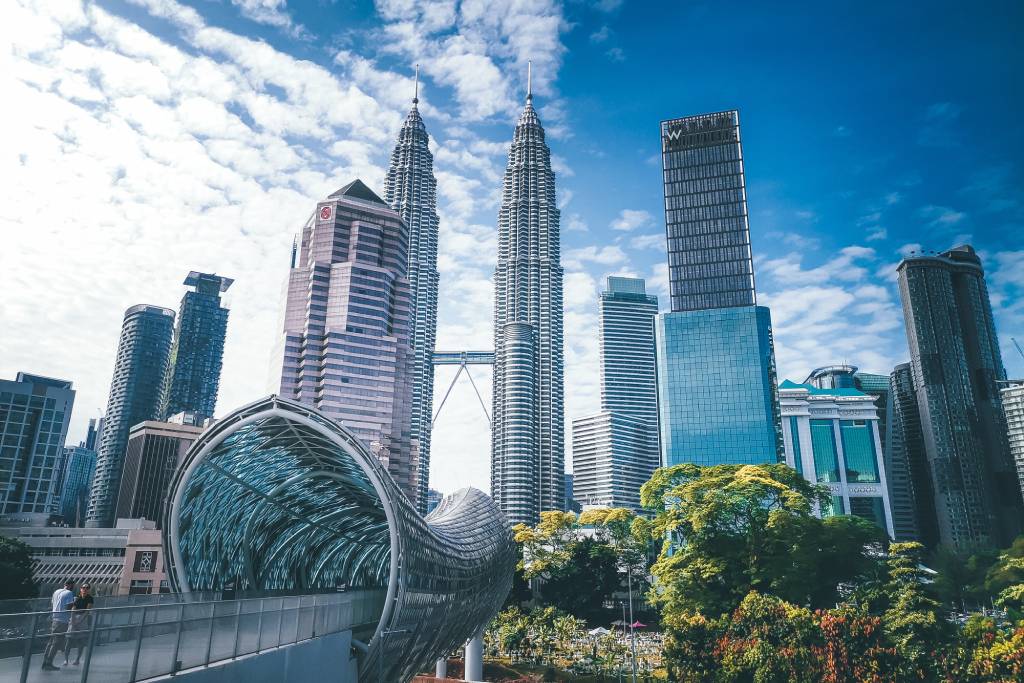
Infrastructure and Transportation
Kuala Lumpur’s modern infrastructure includes a well-developed network of highways, public transportation, and airports. The city is known for its efficient public transportation system, including the KTM Komuter, LRT, and MRT.
Architecture and Skyline
The city’s skyline is a captivating mix of architectural styles, ranging from colonial-era structures to contemporary skyscrapers. The Petronas Twin Towers, designed by Cesar Pelli, remain the most iconic buildings on the skyline.
Residential and Commercial Areas
Kuala Lumpur’s diverse neighborhoods cater to various lifestyles. From the historic charm of Chinatown to the upscale districts of Bukit Bintang and Bangsar, there’s a place for everyone in the city.
Cultural Diversity
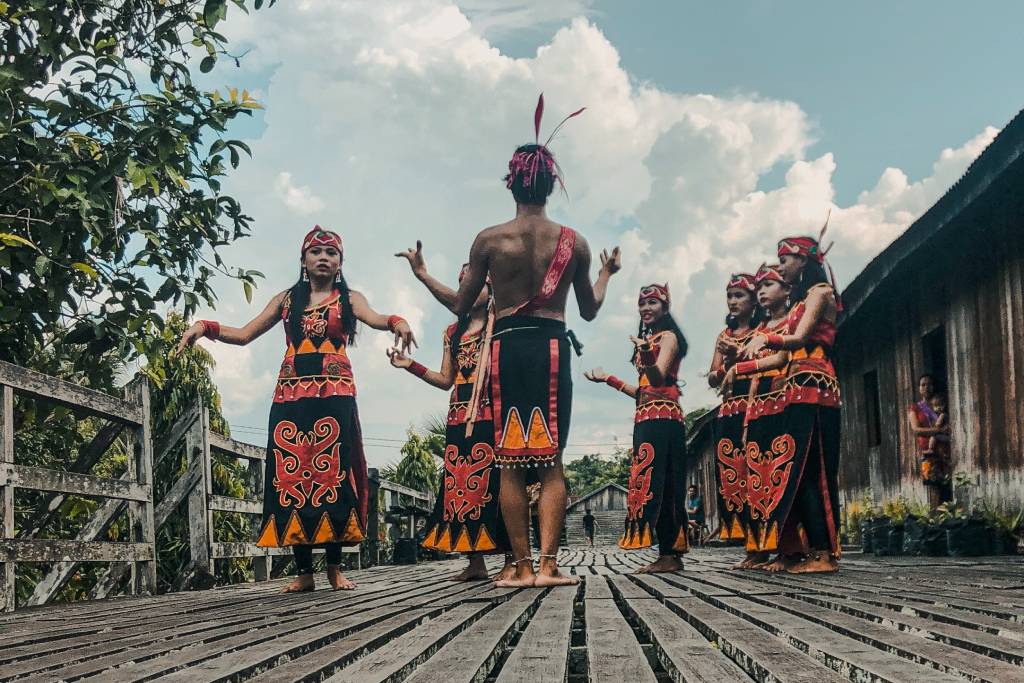
Ethnic Composition
Kuala Lumpur’s population is a rich mosaic of ethnicities, including Malays, Chinese, Indians, and indigenous groups. This diversity is reflected in the city’s culture, cuisine, and festivals.
Religious Diversity
The city is home to a multitude of religious sites, including mosques, temples, churches, and gurdwaras, showcasing its religious tolerance and diversity.
Festivals and Celebrations
Kuala Lumpur comes alive during festivals such as Hari Raya, Chinese New Year, and Deepavali, where the streets are adorned with colorful decorations, and the air is filled with the aroma of diverse cuisines.
Points of Interest
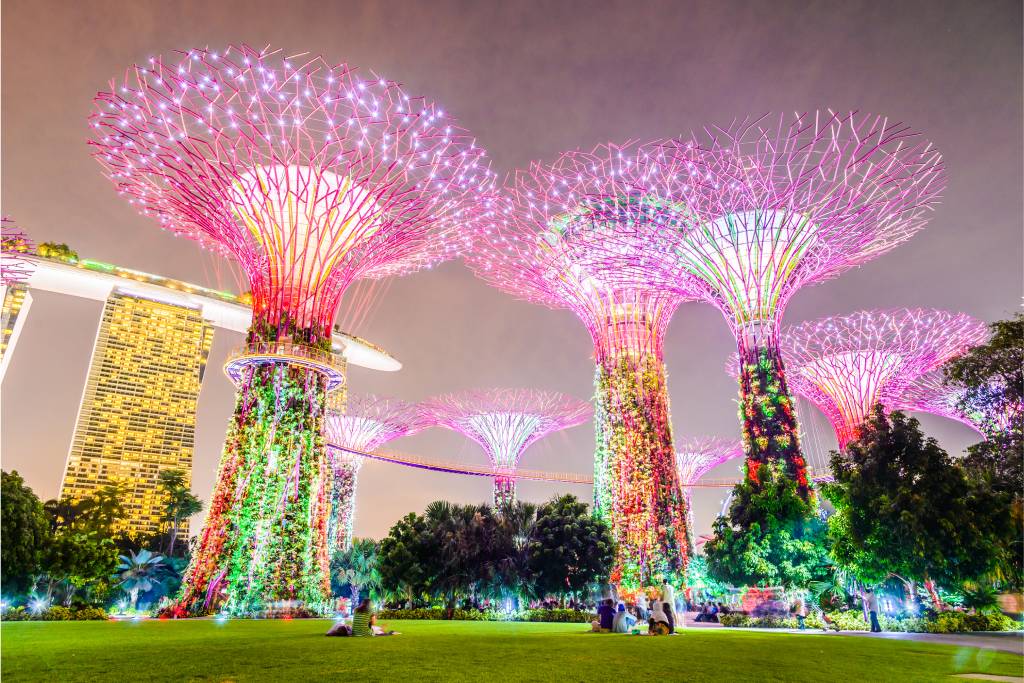
Iconic Landmarks
The Petronas Twin Towers, Batu Caves, Menara KL Tower, and Sultan Abdul Samad Building are just a few of the city’s iconic landmarks that draw millions of visitors each year.
Museums and Cultural Institutions
Kuala Lumpur houses several museums and cultural institutions, including the Islamic Arts Museum, the National Mosque, and the National Museum, where visitors can delve into the country’s history and culture.
Parks and Recreational Areas
Green spaces like KLCC Park and Lake Gardens provide a serene escape from the urban hustle and bustle, offering opportunities for leisure and relaxation.
Stay tuned for the second part of this content, which will cover the economy, cuisine, entertainment, education, social issues, and future developments in Kuala Lumpur.